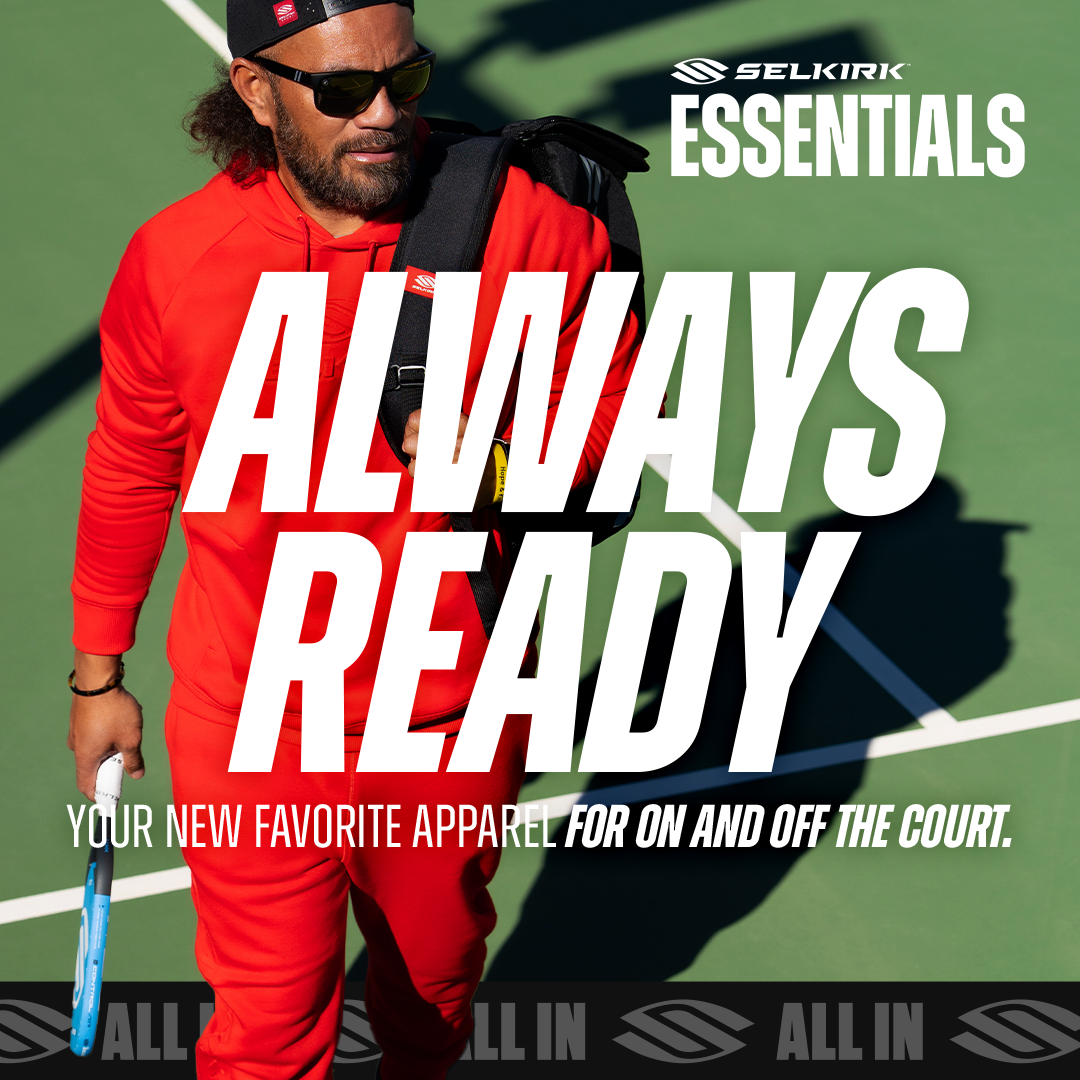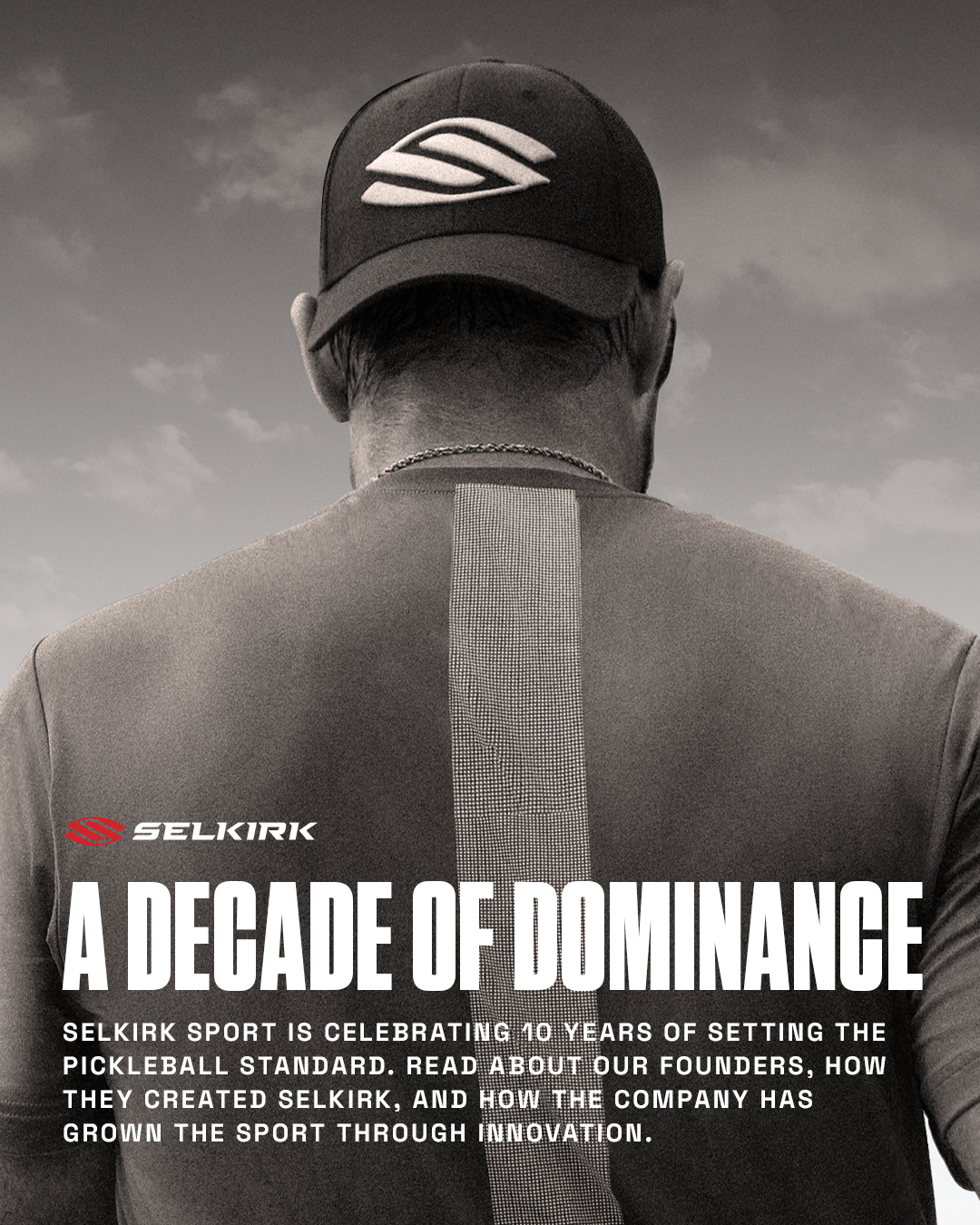As pickleball continues to grow in popularity and colder weather forces outdoor courts to close, many players search for indoor options.
One simple solution is to convert existing basketball courts into pickleball courts by adding the appropriate lines. This approach offers a practical way to maximize space and increase pickleball availability without needing new facilities.
But how exactly can you transform a basketball court for pickleball, and what considerations should you keep in mind? Let’s break it down.
Can you convert basketball courts into pickleball courts?
Yes, you can. Basketball courts, which are much larger than pickleball courts, provide ample space for multiple pickleball courts, depending on the setup.
You can add pickleball lines temporarily or permanently to a basketball court using tape or paint. Temporary lines allow flexibility for multipurpose use, while permanent lines create a dedicated pickleball space. Either way, the transformation is relatively simple.
Many basketball courts can accommodate two to three pickleball courts, depending on how much space you leave between courts for safety and comfort. The ability to fit multiple pickleball courts in one space makes basketball courts a popular choice for indoor pickleball during colder months.
Size considerations: Basketball vs. pickleball court
A standard basketball court measures 94 feet by 50 feet, according to NBA regulations. In comparison, a pickleball court is much smaller, measuring 44 feet by 20 feet. This means that a single basketball court can comfortably fit two pickleball courts side by side, with some space to spare. In some cases, you may be able to fit up to four pickleball courts on a basketball court, depending on how you lay them out.
However, when setting up multiple pickleball courts on one basketball court, it's essential to leave enough space between each court. Ideally, you want a buffer of at least 10-12 feet between courts to avoid injury and to ensure errant balls from one game don't interfere with another. The amount of space between courts can affect how many courts you fit on the basketball court, so it's important to plan accordingly.
The benefits of multi-court use
Converting a basketball court into a pickleball court has several benefits, particularly for facilities looking to maximize their usage:
- No need for additional facilities: You don’t need to invest in a brand-new pickleball facility. Using an existing basketball court allows you to serve more players without the expense of building new courts.
- Appeals to more players: Multi-use facilities can attract a broader range of athletes. Some basketball players might even be curious to try pickleball, creating cross-sport participation.
- Maximizing space: By making one space suitable for multiple sports, you increase the utility of your facility, keeping it busy with different types of users.
Extra equipment you'll need
Converting a basketball court to a pickleball court doesn’t require much additional equipment. Here’s what you’ll need:
- Tape or paint: To mark the pickleball lines, you can use temporary tape or permanent paint. The preferred line width is 2 inches.
- Portable or rollaway nets: As basketball courts don’t have built-in pickleball nets, you’ll need to bring in portable or rollaway nets that can be easily set up and taken down.
- Pickleball gear: Players typically bring their own paddles and balls, so there's no need for the facility to supply these. However, it’s always good to have a few extra paddles and balls on hand for new players or rentals.
Indoor vs. outdoor courts: What to consider
If you’re converting an outdoor basketball court to a pickleball court, you’ll likely be playing under different conditions compared to indoor courts. Here are a few factors to consider:
- Gear considerations: Indoor and outdoor pickleballs are slightly different. Outdoor balls are heavier and designed to handle wind, while indoor balls are lighter and have fewer holes, which allows for a more controlled game.
- Ball speed and bounce: Outdoor courts often feature a harder surface, leading to faster play and higher ball bounces. Indoor courts, typically with wood or composite flooring, may offer a slower game due to a slightly softer bounce.
- Weather impact: Weather is less of a concern when playing on an indoor basketball court converted to pickleball, but outdoor courts can be affected by rain, wind, or extreme temperatures, all of which can influence the game’s pace.



























































